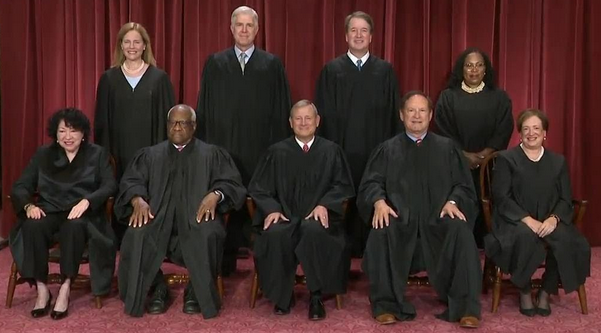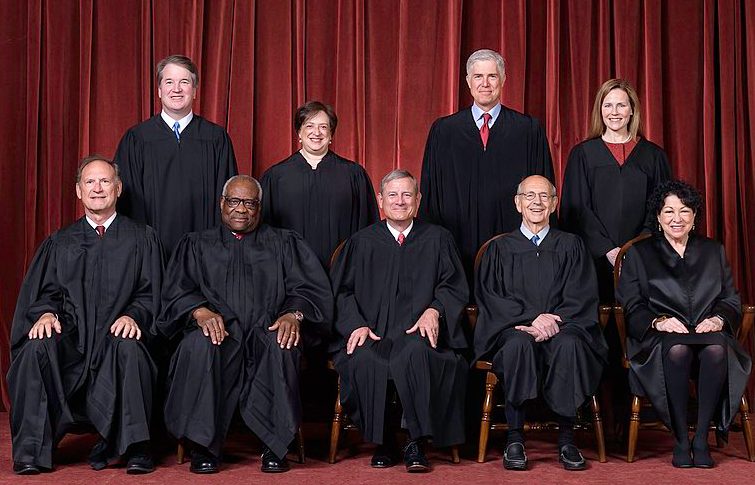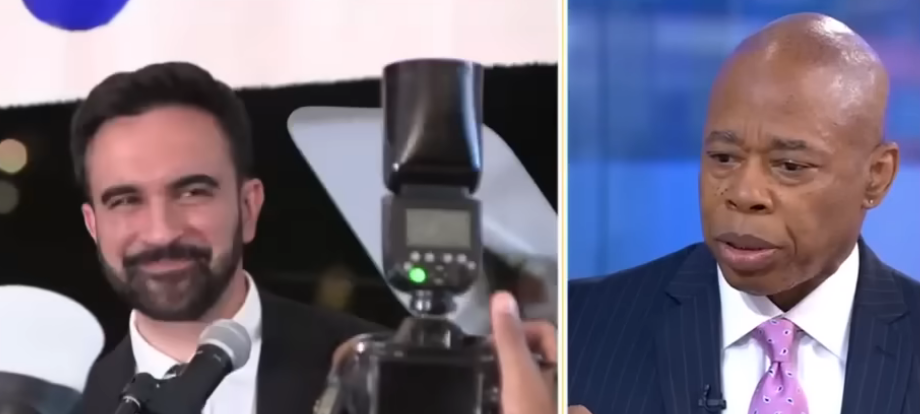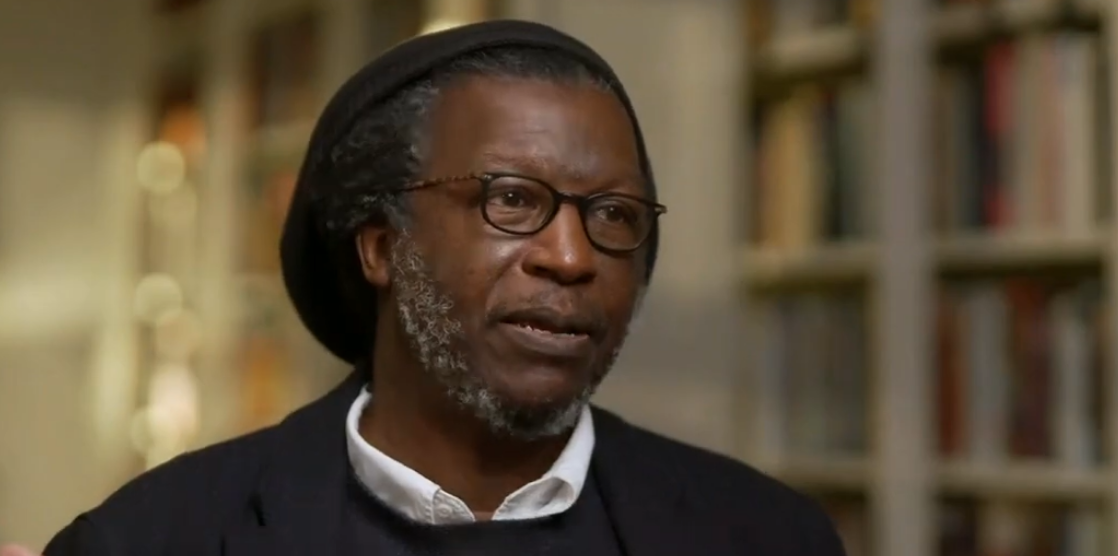By Michael Waldman\Brennan Center for Justice
Photos: YouTube Screenshots
Last spring, Justice Samuel Alito had drafted an opinion dropping federal charges against many of the January 6 insurrectionists who violently stormed the Capitol. The ruling in Fischer v. United States had not yet been released. Then the New York Times published a startling story: Alito himself had flown the flag of insurrection at his home. (He briefly blamed it on his wife: “She is fond of flying flags.”) Days later, it was reported that he had flown such flags at his vacation home as well.
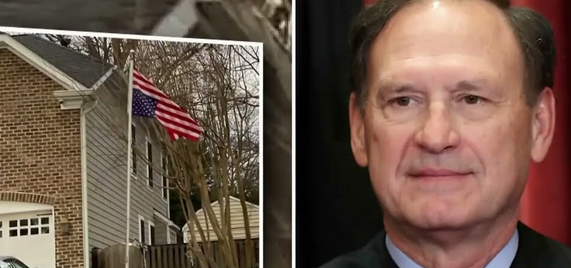
Awkward! Grounds for recusal? Time to rethink the ruling? Nah. Instead, Chief Justice John Roberts quietly took Alito’s embarrassing name off the opinion and slipped his own name onto it instead.
That is just one of the gobsmacking revelations from a story by Jodi Kantor and Adam Liptak that appeared in the New York Times this weekend. The lurid news of the day quickly overwhelmed it — the gunman arrested outside Donald Trump’s golf course, the continued smear campaign by former President Trump and Sen. JD Vance against the Haitian immigrant community in a small city in Ohio, and more.
But we must not let these revelations fade from view. They paint a damning and indelible picture of how John Roberts, for all his vaunted “institutionalism” and piety about calling “balls and strikes,” steered the Court to shield Trump from accountability for his misdeeds.
Call me naïve. At the beginning of this year, I thought I had few illusions about the Court. I had just published a harshly critical book, The Supermajority. But I felt confident in asserting that the Court was a conservative Court, a Federalist Society Court, even a Republican Court — but not a MAGA Court. It had not yet shown an appetite for excusing Trump from the reach of the law.
So I, along with most legal observers, assumed that the justices would let Trump’s trial proceed. I thought there was a good chance it would be unanimous, that Roberts would work behind the scenes to ensure that the Court spoke with one voice on major issues of presidential power and constitutional law. That’s what other chief justices did, most notably Warren Burger in United States v. Nixon, the Watergate tapes case and the closest analogue to the Trump trial ruling.
After all, we all thought, Trump v. United States was legally easy. Indeed, the possibility of criminal charges was the stated reason why Republican senators did not vote to convict him of the January 6 charges in Trump’s second impeachment trial.
Many of us, too, sensed there was a deal afoot — a unanimous ruling that Trump could not be thrown off the ballot by one state under the 14th Amendment and a principled ruling on the criminal trial.
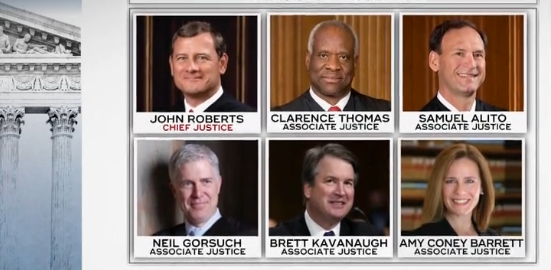
Behind the velvet curtain of the Court, though, there was no deal. Roberts wrote a memo in February — before the Court had even announced that it would hear Trump’s appeal — declaring that the Court would give the former president a huge win. “I think it likely that we will view the separation of powers analysis differently” from the appeals court, he wrote. As Kantor and Liptak summarized, “In other words: grant Mr. Trump greater protection from prosecution.”
They detailed myriad other ways that Roberts steered rulings Trump’s way. He froze out Justices Sonia Sotomayor, Elena Kagan, and Ketanji Brown Jackson. The ruling was sloppy and immunized vast areas of potential presidential wrongdoing. The Times noted that NYU Law professor Trevor Morrison had discovered that Roberts selectively edited a quote from a key earlier ruling to help Trump.
The resulting ruling tells future presidents that they can break the law, plainly and flagrantly. As long as they conspire with other government officials, it will be effectively immunized. (Order your White House counsel to pay hush money, as Richard Nixon did, not your campaign manager, and you’ll be off the hook.)
The opinion has widely and correctly been scorned as one of the worst in American history — a rip in the constitutional fabric. The Times’s tick-tock makes clear that this was not a baffling anomaly. Rather, it is the biggest, most visible, and perhaps most consequential in a series of actions taken by a corrupted Court. It follows Citizens United, Shelby County, and other rulings that systematically undid key democratic protections.
Throughout American history, overreach by the Supreme Court has provoked a response. Dred Scott did in the 1850s — it helped lead to a civil war. Reactionary rulings such as Lochner did in the early 20th century. Trump v. United States should join with the Dobbs abortion rights ruling to spur a similar backlash today.
We’ve argued for an 18-year term limit for Supreme Court justices, because nobody should have too much public power for too long. And we’ve urged a binding code of ethics, which would have forced Justices Alito and Clarence Thomas to step out of these key cases. These reforms are widely popular. Most recently, a Fox News poll this summer found that 78 percent support term limits.
The Court is a broken institution. It’s time to fix it. The latest revelations remind us that otherwise, the fix is in.
